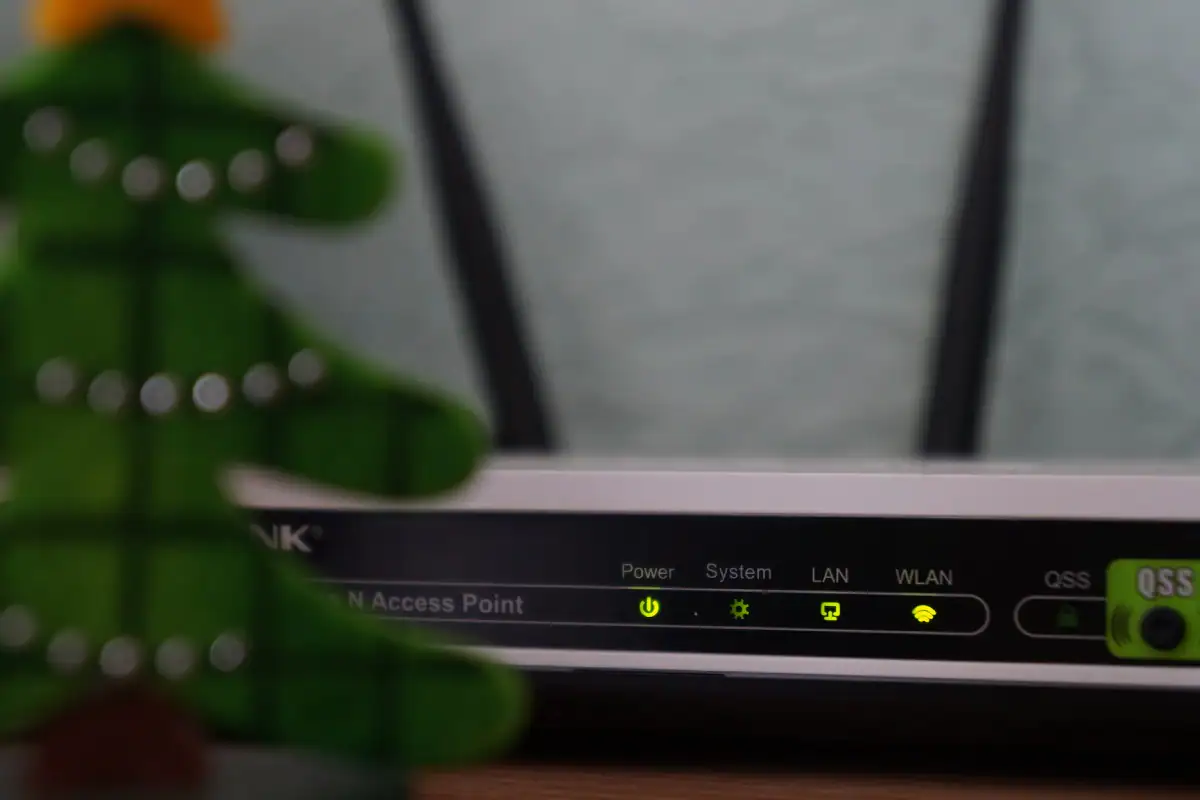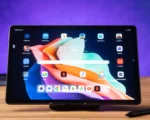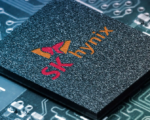The Wi-Fi Alliance anticipates an influx of over 233 million Wi-Fi 7 devices entering the market this year.
Wi-Fi 7 was announced by the Wi-Fi Alliance earlier this week at CES 2024, bringing several improvements to the connectivity standard. In addition to faster speeds — Wi-Fi 7 will be up to four times faster than the previous version, Wi-Fi 6E — customers can look forward to new improvements like Multi-Link Operation, support for 320MHz channels for Wi-Fi networks, and 4K Quadrature Amplitude Modulation. We can expect to see more Wi-Fi 7 compatible routers and devices arrive over the course of 2024.
According to details shared by the Wi-Fi Alliance when it launched the latest IEEE standard on Monday, Wi-Fi 7 — or IEEE 802.11be — supports speeds of up to 40Gbps, which is four times faster than Wi-Fi 6E networks that offer a peak speed of 10Gbps. While Wi-Fi 7 is backwards compatible, it’s worth noting that you will only be able to take advantage of the higher speeds if both your router and phone support Wi-Fi 7 connectivity.
Introducing Multi-Link Operation (MLO) as a key feature, Wi-Fi 7 aims to reduce latency and enhance network stability by enabling devices to simultaneously transfer information and data across multiple frequency bands. Additionally, Wi-Fi 7 supports wider channel bandwidth, providing a substantial boost in network throughput, now at 320MHz compared to Wi-Fi 6E’s 160MHz. This utilization of a new band, similar to Wi-Fi 6E introduced in 2021, is poised to alleviate network congestion experienced on older Wi-Fi networks.
Another notable enhancement in Wi-Fi 7 is the integration of 4K Quadrature Amplitude Modulation (QAM), delivering up to a 20% increase in data transfer rates on wireless networks. In comparison, Wi-Fi 6 and Wi-Fi 6E networks supported 1024-QAM, while the decade-old Wi-Fi 5 standard featured 512-QAM.
While CES 2024 saw the announcement of new Wi-Fi 7-capable routers, it may take some time before a broad range of devices compatible with the new standard become available. However, certain devices, including those powered by the new Snapdragon 8 Gen 3 series chip and Intel’s latest 14th Gen Core Ultra chips, already support Wi-Fi 7 networks. Anticipated to debut later this year, Apple’s upcoming devices, such as the iPhone 16 Pro models equipped with the next-generation chip, are expected to support Wi-Fi 7. The Wi-Fi Alliance predicts an influx of over 233 million Wi-Fi 7 devices entering the market this year.


















